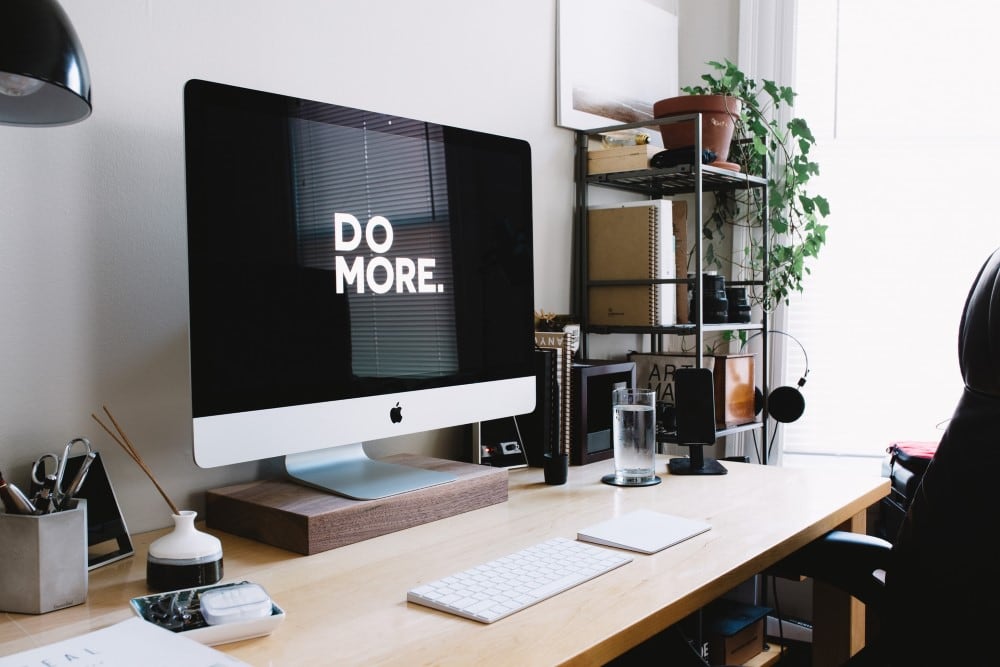
Sitting down and lounging about may look comfortable and relaxing, but scientists have noted, for several times, that too much sitting or living a sedentary lifestyle can actually do more harm than good to your body. The human body was not designed to live slowly and inactively; like most members of the animal kingdom, we were designed to hunt for food, move, run, and walk, unless a genetic condition or an accident renders you unable to do so.
But for everyone else, living actively is important and in many instances, your only claim to good health. If working out in a gym is not suited to your personality or lifestyle, or if your schedule keeps you from maintaining a proper workout schedule, walking just might be your best alternative.
The benefits of walking have long been recognized by scientists, but its effects and process have only been understood and researched fairly recently. While everyone is aware of what lifting and stretching can do, not a lot of people are aware of how long, how fast, and the manner in which you should walk to achieve the best results.
A recent study published in the British Journal of Sports Medicine has shed further light on the wonders of walking, and as concluded in the study, the best way to achieve optimal results from your walking exercises is to up your speed and walk faster than usual. In other words, brisk walking or a slow jog works best for many people who have been exposed to sedentary lifestyles.
What You’re Doing Wrong
Although the research did not delve further into the walkers’ bad habits, it did discuss the downsides of sedentary living. It goes without saying that living with little to no movement not only harms your muscles but also increases your chances of acquiring cardiovascular diseases. While it may feel good to sit or lie down, both actions do not benefit you as much as walking does.
If you are experiencing various manifestations of discomfort after sitting for hours upon hours at home or in your office, you are exposing yourself to a whole slew of diseases, body disorders, aches, and body pains. These discomforts do not only appear as an obvious sign of pain in the affected part of the body, but they may also be symptoms of real and serious health issues.
If you are used to sitting for hours, it may be time to disrupt your routine and change your lifestyle. The goal is to minimize your sitting or idle time and to increase the time you spend moving or walking. When you do engage in any exercise, walking included, it is also important to do it at the optimal frequency and speed.
If you keep a full-time work schedule, and your work routine enables your sedentary lifestyle, you may need to shake up your office environment and introduce furniture and equipment that can help you minimize your sitting hours. The most common solution is to install or use a sit-stand desk, which is a very versatile piece of equipment to use at work. It can be used when you are seated and it may also be adjusted to a particular height that’s comfortable for your body when you decide to work while standing up.
But this furniture only answers to your need to stand at work. What you need to actually be doing is to actively move, or actively engage in continuous physical activity, the mildest and easiest of which is walking.
What You Should Be Doing
As the study has shown, you can get the most out of your walking exercise if you pick up your space and spend more time walking. Increasing both your speed and walking frequency allows you to get the best results from this exercise, including decreased risk and exposure to triggers that may lead to cardiovascular diseases, heart issues, and in extreme instances, cancer.
The minimum pace you should increase your speed to should ideally be around 3.7 miles per hour. As for the frequency, it is highly recommended to be active throughout the day than to be strapped to your seat.
Change Your Schedule
Walking is not an exercise that many might call time-consuming, heavy, or difficult, so it can be easily inserted into your daily work schedule. Here’s an easy example:
If you take public transportation to work or if you go by car every morning, try to sit less when you do get to your workplace. Take the stairs instead of taking elevators or escalators to your office. If you go to work on foot, you don’t need to change your daily routines so much, but it would help if you walked at a faster pace.
This could potentially mean reaching your workplace all sweaty and out of breath, so you might want to do this when you have clothes to change to at your office so you can freshen up before you head to your desk.





